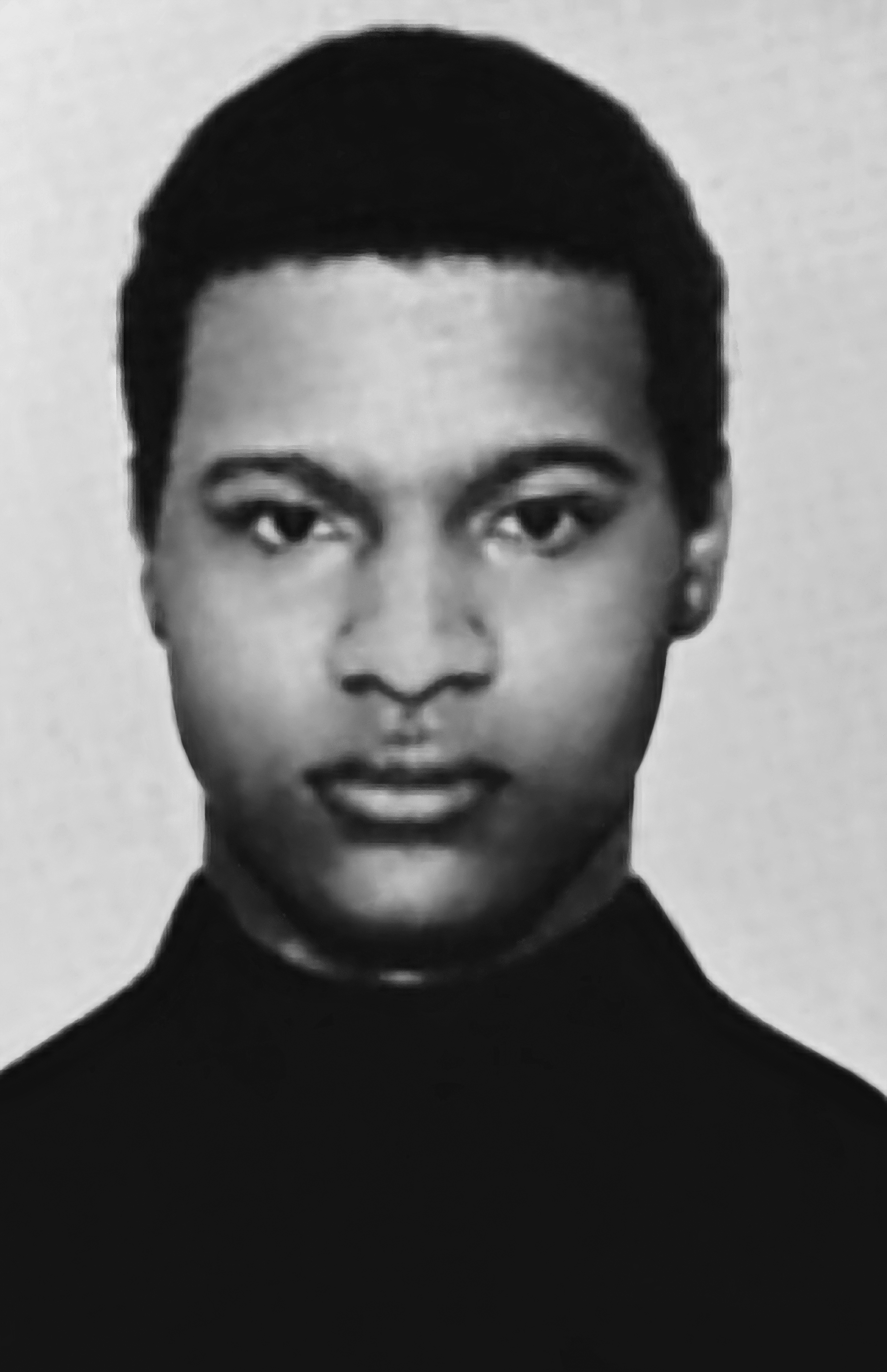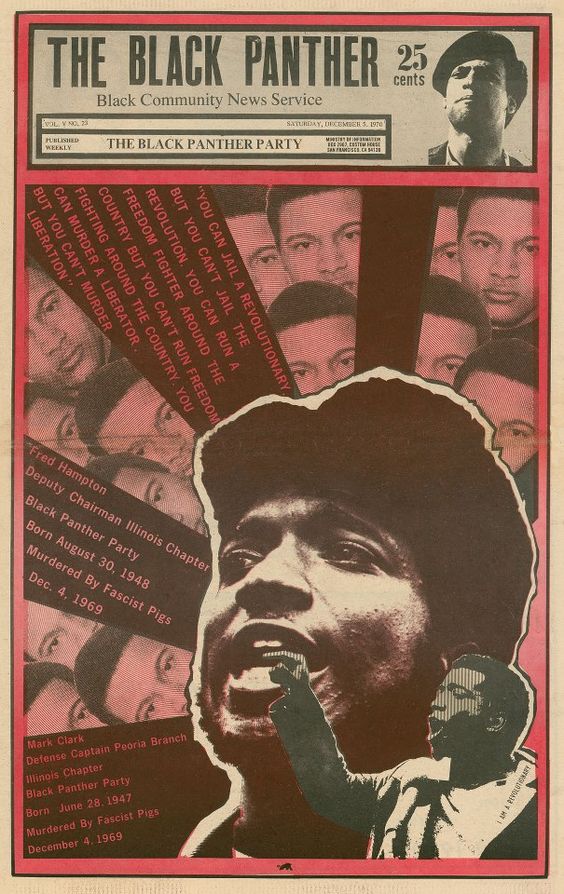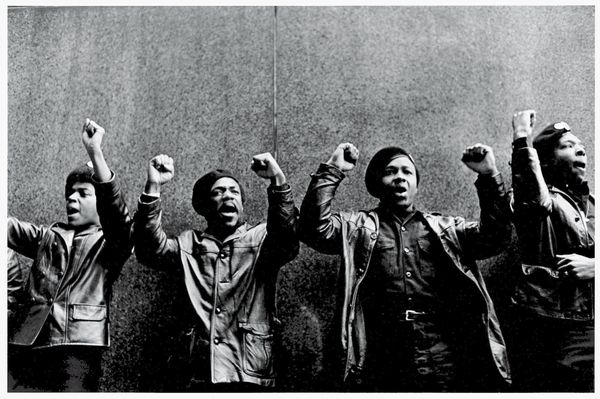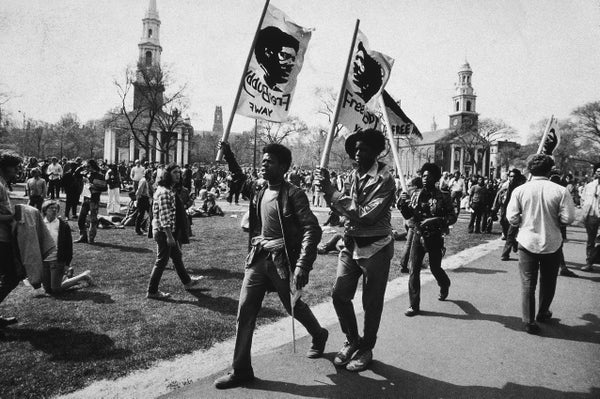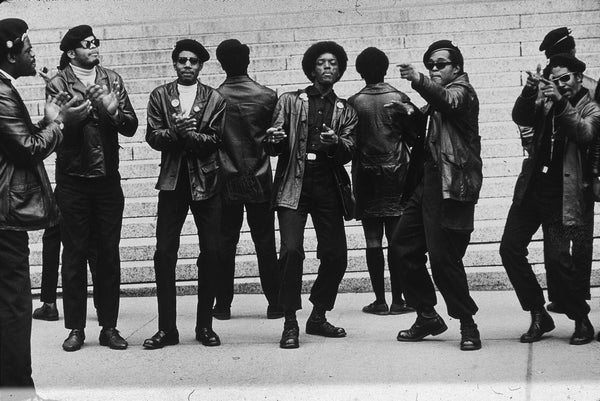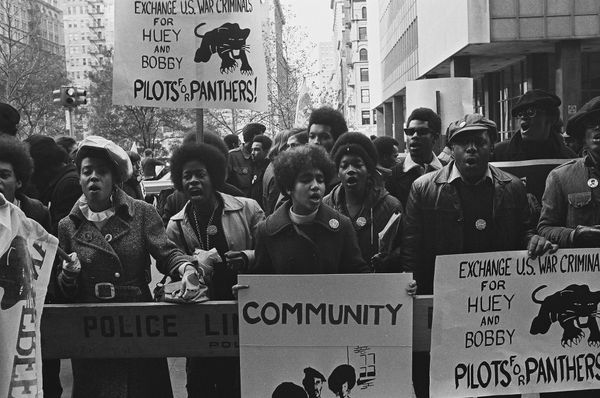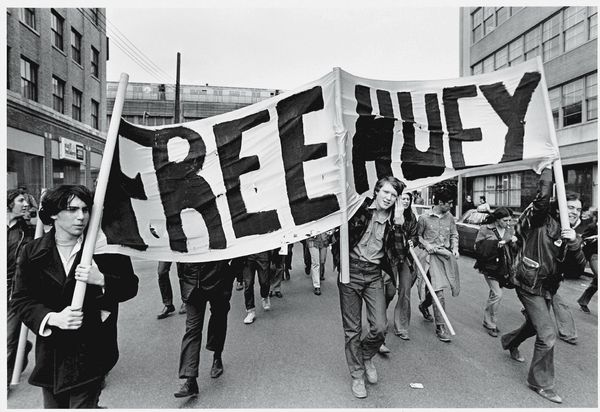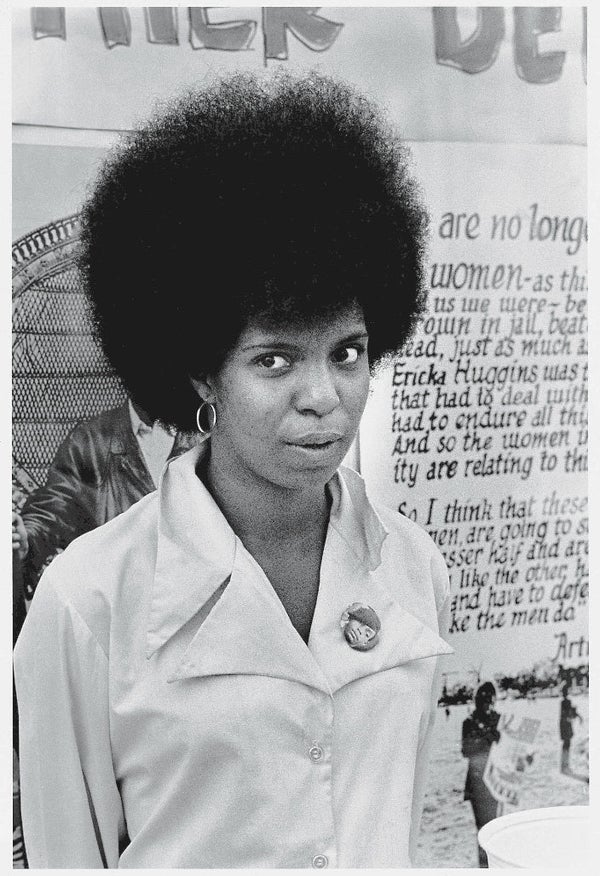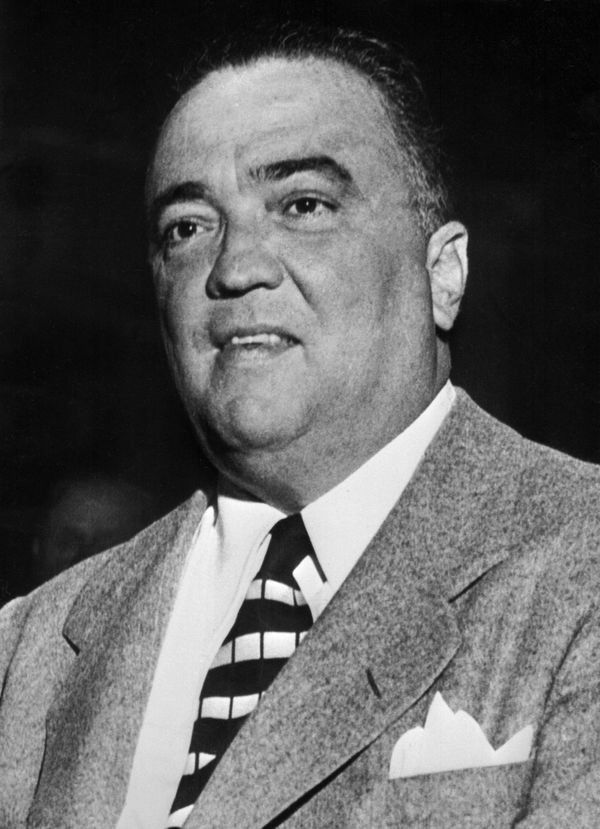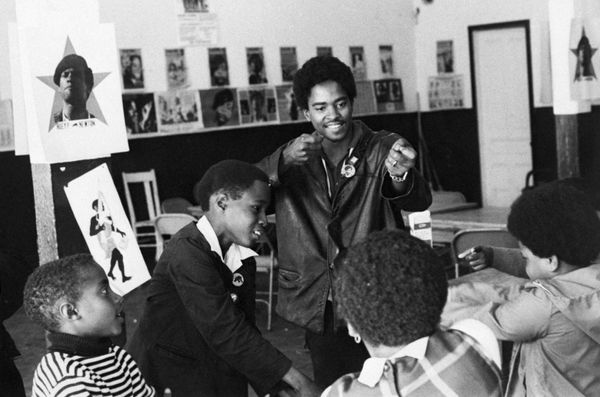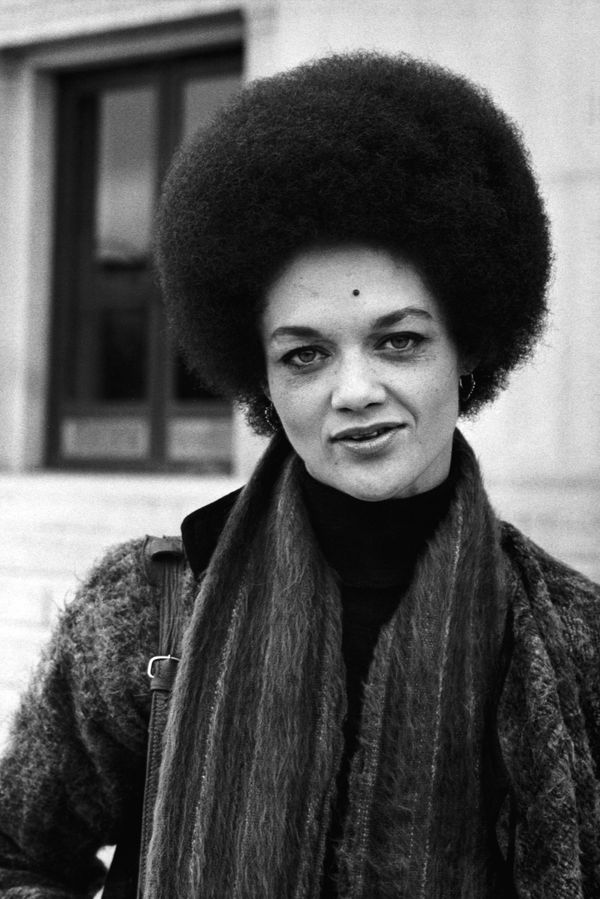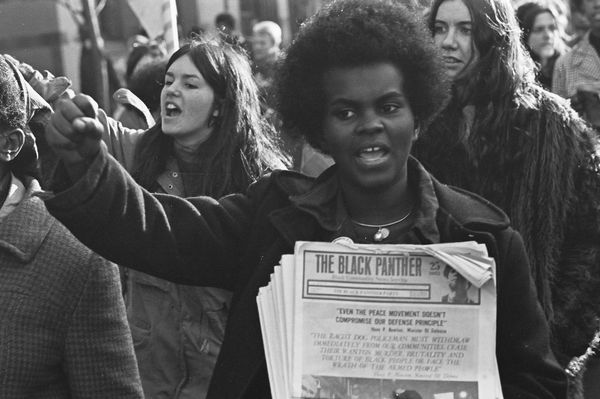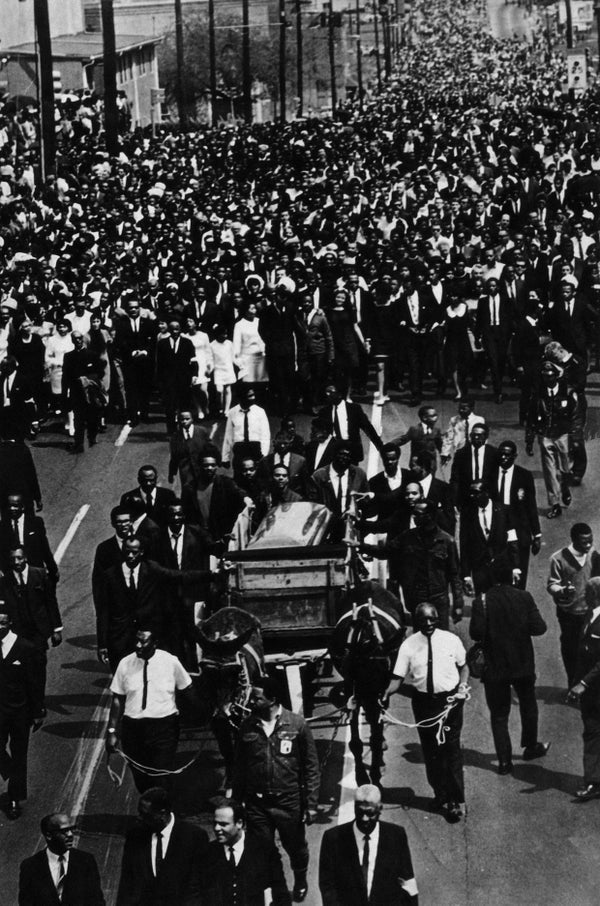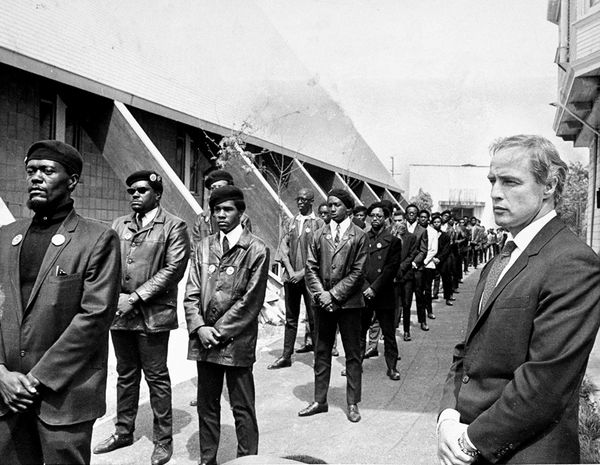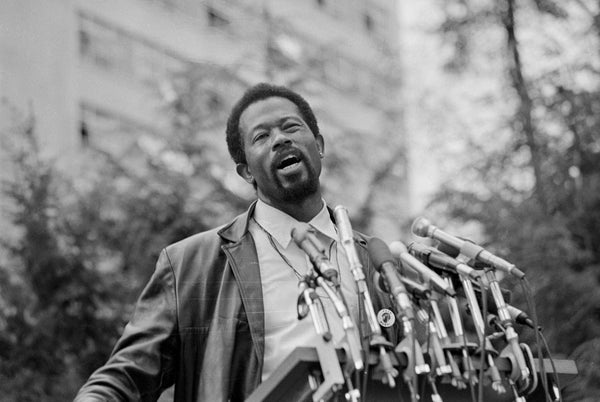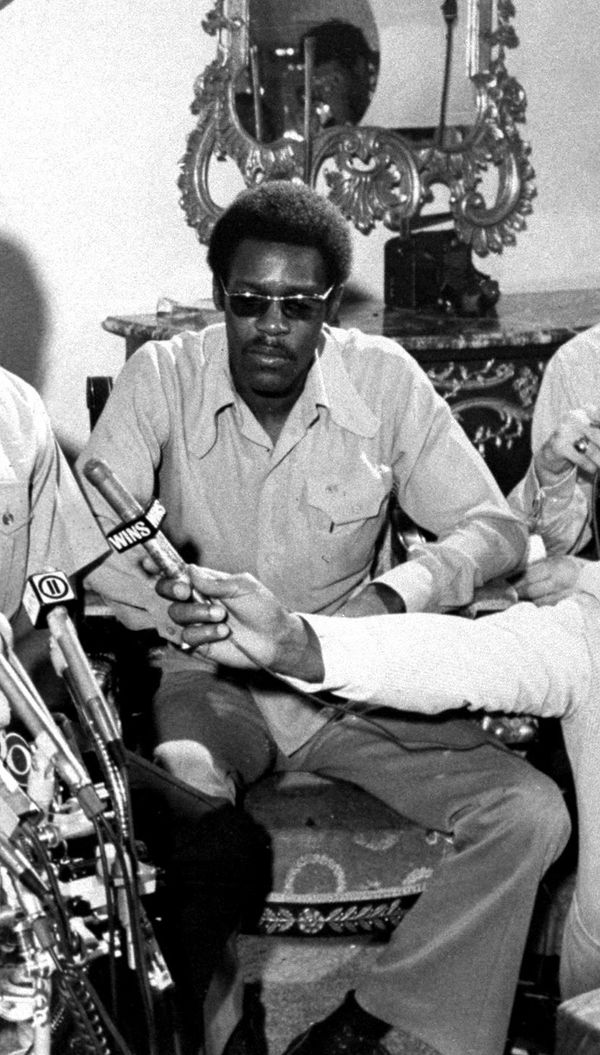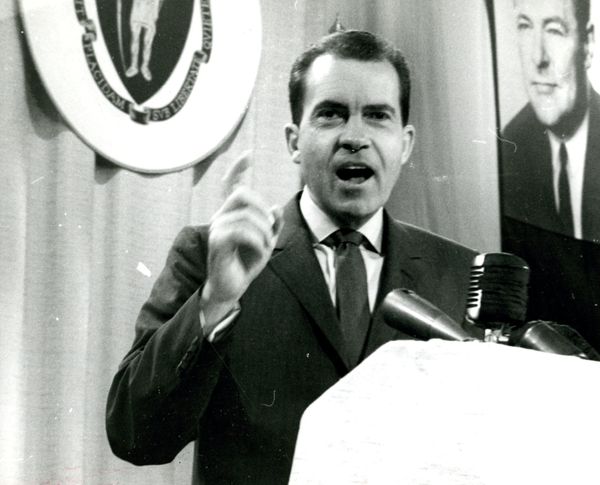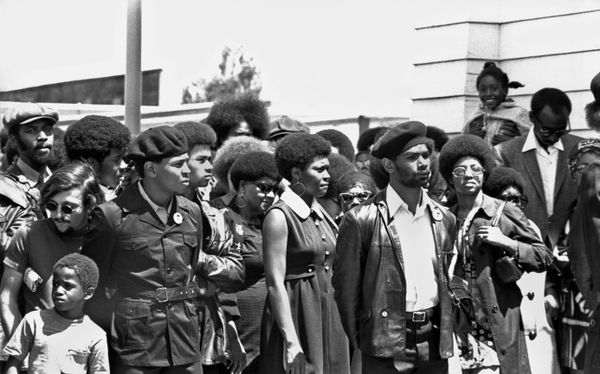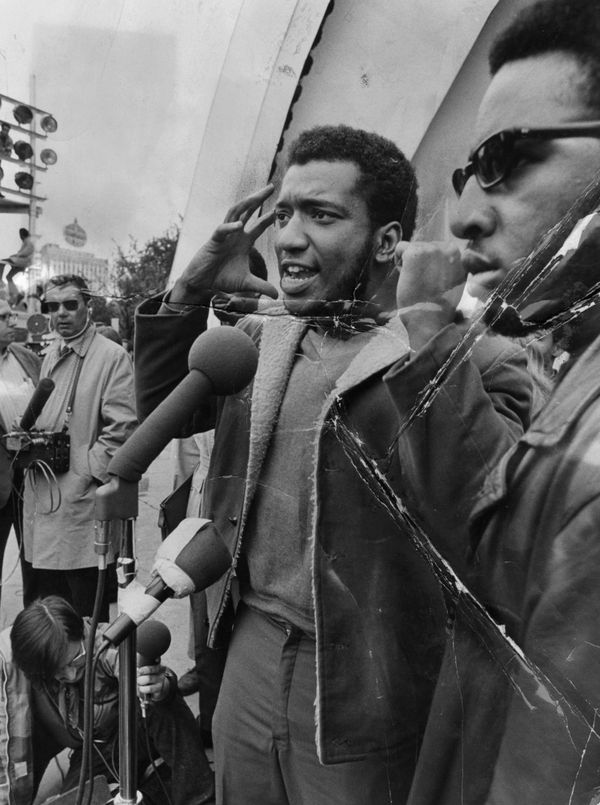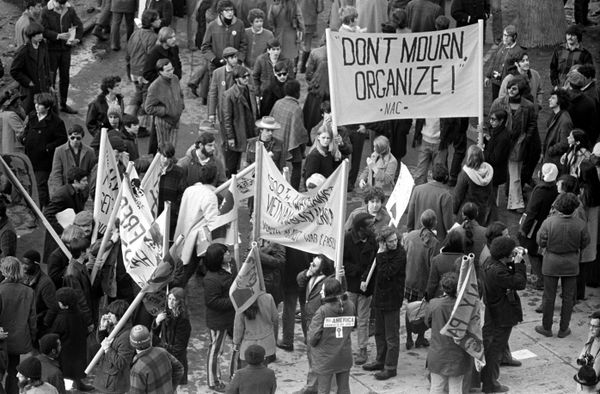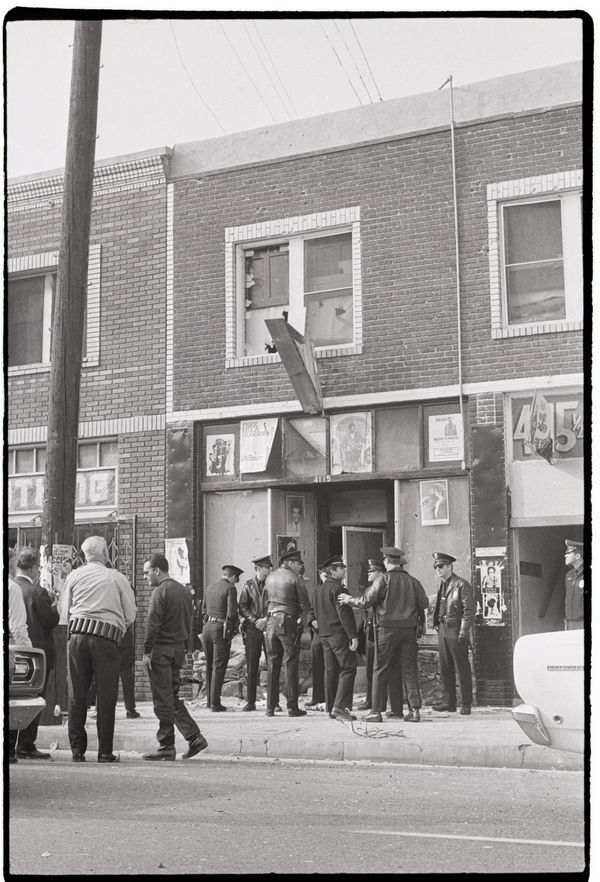THE TERRIBLE 60’S
The 1960’s revealed an ugly truth about this country and it’s long history of racism towards people of color. A governmental System of White Supremacy-Racism was enacted which supported KKK lynchings and Jim Crow Laws. What followed was the assassinations of many Great leaders that would promote Justice and Democracy FOR ALL and showed the ugly side of America to the World!
THE 1960’S HISTORY OF AMERICAN ASSASSINATIONS
President John F. Kennedy was ASSASSINATED on 11/22/1963.
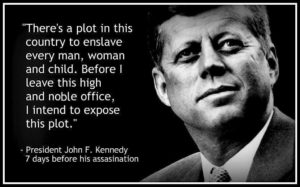
Malcom X was ASSASSINATED on 2/21/1965
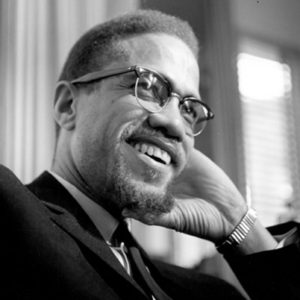
Martin Luther King Jr. was ASSASSINATED ON 4/4/1968
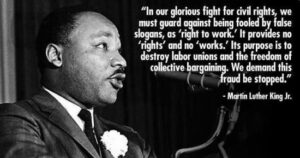
Presidential candidate Senator Robert Kennedy was ASSASSINATED on 6/6/1968
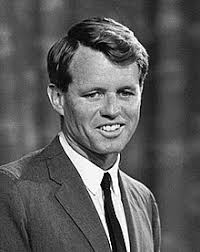
Black Panther Leaders Mark Clark and Fred Hampton were ASSASSINATED on 12/4/1969
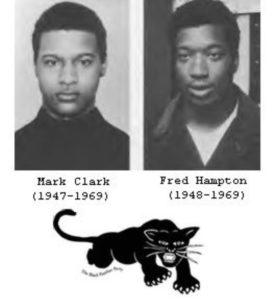
ALL POWER TO THE PEOPLE!
________________________________________________________________________________________________________________________________________________________________________________________________________
HISTORY OF THE BLACK PANTHER PARTY
In October of 1966, in Oakland California, Huey Newton and Bobby Seale founded the Black Panther Party for Self-Defense. The Panthers practiced militant self-defense of minority communities against the U.S. government, and fought to establish revolutionary socialism through mass organizing and community based programs. The party was one of the first organizations in U.S. history to militantly struggle for ethnic minority and working class emancipation — a party whose agenda was the revolutionary establishment of real economic, social, and political equality across gender and color lines.
On April 25th, 1967, the first issue of The Black Panther, the party’s official news organ, goes into distribution. In the following month, the party marches on the California state capital fully armed, in protest of the state’s attempt to outlaw carrying loaded weapons in public. Bobby Seale reads a statement of protest; while the police respond by immediately arresting him and all 30 armed Panthers. This early act of political repression kindles the fires to the burning resistance movement in the United States; soon initiating minority workers to take up arms and form new Panther chapters outside the state.
In October of 1967, the police arrest the Defense Minister of the Panthers, Huey Newton, for killing an Oakland cop. Panther Eldridge Cleaver begins the movement to “Free Huey”, a struggle the Panthers would devote a great deal of their attention to in the coming years, while the party spreads its roots further into the political spectrum, forming coalitions with various revolutionary parties. Stokely Carmichael,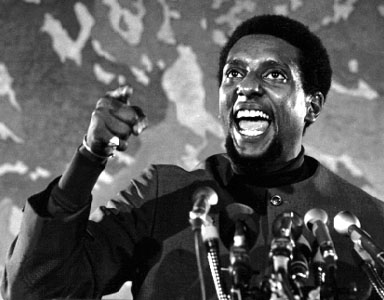 the former chairman of the Student Nonviolent Coordinating Committee (SNCC) and a nationally known proponent of Black Power, is recruited into the party through this struggle, and soon becomes the party’s Prime Minister in February, 1968. Carmichael is adamantly against allowing whites into the black liberation movement, explaining whites cannot relate to the black experience and have an intimidating effect on blacks; a position that stirs opposition within the Panthers. Carmichael explains: “Whites who come into the black community with ideas of change seem to want to absolve the power structure of its responsibility for what it is doing, and say that change can only come through black unity, which is the worst kind of paternalism….. If we are to proceed toward true liberation, we must cut ourselves off from white people….. [otherwise] we will find ourselves entwined in the tentacles of the white power complex that controls this country.”
the former chairman of the Student Nonviolent Coordinating Committee (SNCC) and a nationally known proponent of Black Power, is recruited into the party through this struggle, and soon becomes the party’s Prime Minister in February, 1968. Carmichael is adamantly against allowing whites into the black liberation movement, explaining whites cannot relate to the black experience and have an intimidating effect on blacks; a position that stirs opposition within the Panthers. Carmichael explains: “Whites who come into the black community with ideas of change seem to want to absolve the power structure of its responsibility for what it is doing, and say that change can only come through black unity, which is the worst kind of paternalism….. If we are to proceed toward true liberation, we must cut ourselves off from white people….. [otherwise] we will find ourselves entwined in the tentacles of the white power complex that controls this country.”
Stokely Carmichael: The Basis of Black Power
In the beginning of 1968, after selling Mao’s Red Book to university students in order to buy shotguns, the Party makes the book required reading. Meanwhile, the FBI, under J. Edgar Hoover, begins a program called COINTELPRO (counterintelligence program) to break up the spreading unity of revolutionary groups that had begun solidifying through the work and examaple of the Panthers — the Peace and Freedom Party, Brown Berets, Students for a Democratic Society, the SNCC, SCLC, Poor People’s March, Cesar Chavez and others in the farm labor movement, the American Indian Movement, Young Puerto Rican Brothers, the Young Lords and many others. To destroy the party, the FBI begins with a program of surgical assassinations — killing leading members of the party who they know cannot be otherwise subverted. Following these mass killings would be a series of arrests, followed by a program of psychological warfare, designed to split the party both politically and morally through the use of espionage, provocatures, and chemical warfare.
U.S. Police Terror and Repression
On April 6, 1968, in West Oakland, Bobby Hutton, 17 years old, is shot dead by Oakland police. In a 90 minute gun battle, an unarmed Bobby Hutton  is shot ten times dead, after his house is set ablaze and he is forced to run out into a fire of bullets. Just two days earlier, Martin Luther King is assasinated, after he had begun rethinking his own doctrines of non-violence, and started to build ties with radical unions. Two months later on the day of Bobby’s death, Robert Kennedy, widely recognised in the minority commmunity as one of the only politicians in the US “sympathetic” to the civil rights movement, is also assasinated.
is shot ten times dead, after his house is set ablaze and he is forced to run out into a fire of bullets. Just two days earlier, Martin Luther King is assasinated, after he had begun rethinking his own doctrines of non-violence, and started to build ties with radical unions. Two months later on the day of Bobby’s death, Robert Kennedy, widely recognised in the minority commmunity as one of the only politicians in the US “sympathetic” to the civil rights movement, is also assasinated.
 |
In January, 1969, The first Panther’s Free Breakfast for School Children Program is initiated at St. Augustine’s Church in Oakland. By the end of the year, the Panthers set up kitchens in cities across the nation, feeding over 10,000 children every day before they went to school. The Black Panther: To Feed Our Children |
A few months later, J. Edgar Hoover publicly states that the Panthers are the “greatest threat to the internal security of the country.”
In Chicago, the outstanding leader of the Panthers local, Fred Hampton, leads five different breakfast programs on the West Side, helps create a free medical center, and initiates a door to door program of health services which test for sickle cell anemia, and encourage blood drives for the Cook County Hospital. The Chicago party also begins reaching out to local gangs to clean up their acts, get them away from crime and bring them into the class war. The Parties efforts meet wide success, and Hampton’s audiences and organised contingent grow by the day. 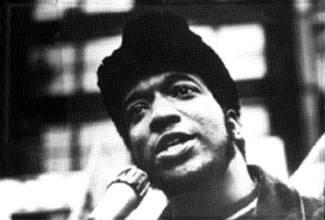 On December 4th, at 4:00 a.m. in the morning, thanks to information from an FBI informant , Chicago police raid the Panthers’ Chicago apartment, murdering Fred Hampton while he sleeps in bed. He is shot twice in the head, once in the arm and shoulder; while three other people sleeping in the same bed escape unharmed. Mark Clark, sleeping in the living room chair, is also murdered while asleep.
On December 4th, at 4:00 a.m. in the morning, thanks to information from an FBI informant , Chicago police raid the Panthers’ Chicago apartment, murdering Fred Hampton while he sleeps in bed. He is shot twice in the head, once in the arm and shoulder; while three other people sleeping in the same bed escape unharmed. Mark Clark, sleeping in the living room chair, is also murdered while asleep. 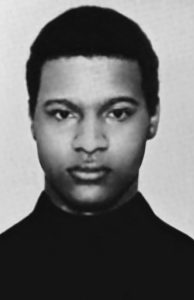 DEFENSE CAPTAIN MARK CLARK, LEADER FROM PEORIA, ILLINOIS
DEFENSE CAPTAIN MARK CLARK, LEADER FROM PEORIA, ILLINOIS
Hampton’s wife, carrying child for 8 months, is also shot, but survives. Four panthers sleeping in the apartment are wounded, while one other escapes injury . Fred Hampton was 21 years old when he was executed, Mark was 22 years old. According to the findings of the federal grand jury, Ninety bullets were fired inside the apartment. 1 came from a Panther — Mark — who slept with a shotgun in his hand. All surviving Panther members were arrested for “attempted murder of the police and aggravated assault”. Not a single cop spent a moment in jail for the executions.
Fred Hampton: I am … a Revolutionary
In the summer of 1969, the alliance between the Panthers and SNCC begins ripping apart. One of the main points of dispute is the inclusion of whites in the struggle for minority liberation, a dispute which is pushed into an open gun fight at the University of California in Los Angeles against the group US, led by Maulana Karenga, which leaves two Panthers dead. In September, in the government’s court house, Huey Newton is convicted of voluntary manslaughter and sentenced to 2 to 15 years in prison; by 1970 the conviction is appealed and overturned on procedural errors. On November 24, 1968, Kathleen and Eldridge Cleaver flee the US, visit Cuba and Paris, and eventually settle in Algeria. Earlier in the year Cleaver published his famous book Soul on Ice. By the end of the year, the party has swelled from 400 members to over 5,000 members in 45 chapters and branches, with a newspaper circulation of 100,000 copies.
In 1969 Seale is indicted in Chicago for protesting during the Democratic national convention of last year. The court refuses to allow Seale to choose a lawyer. As Seale repeatedly stands up during the show trial insisting that he is being denied his constitutional right to counsel, the judge orders him bound and gagged. He is convicted on 16 counts of contempt and sentenced to four years in prison. While in jail he would be charged again for killing a cop in years past, a trial that would end in 1971 with a hung jury.
In March, 1970, Bobby Seale publishes Seize The Time while still being held in prison, the story of the Panthers and Huey Newton. On April 2, 1970, in New York, 21 Panthers are charged with plotting to assassinate police officers and blow up buildings. On May 22nd, Eight members, including Ericka Huggins, are arrested on a variety of conspiracy and murder charges in New Haven, Connecticut. Meanwhile, Chief of staff David Hilliard is on trial for threatening President Richard Nixon. The party does little to separate its legal and illegal aspects, and is thus always and everywhere under attack by the government. In 1971, the Panther’s newspaper circulation reaches 250,000.
On Huey Newton’s release from prison, he devotes more effort to further develop the Panther’s socialist survival programs in black communities; programs that provided free breakfasts for children, established free medical clinics, helped the homeless find housing, and gave away free clothing and food.
FBI forgery, provacation, & chemical war
In March, 1970, the FBI begins to soe seeds of factionalism in the Black Panthers, in part by forging letters to members. Eldridge Cleaver is one of their main targets — living in exile in Algiers — they gradually convince him with a steady stream of misinformation that the BPP leadership is trying to remove him from power. Cleaver recieved stacks of forgered FBI letters from supposed party members, criticising Netwon’s leadership, and asking for Cleaver to take control. An example of such a forged letter, written using the name of Connie Matthews, Newton’s personal secretary:
I know you have not been told what has been happening lately…. Things around headquarters are dreadfully disorganized with the comrade commander not making proper decisions. The newspaper is in a shambles. No one knows who is in charge. The foreign department gets no support. Brothers and sisters are accused of all sorts of things…
I am disturbed because I, myself, do not know which way to turn…. If only you were here to inject some strength into the movement, or to give some advice. One of two steps must be taken soon and both are drastic. We must either get rid of the supreme commander or get rid of the disloyal members… Huey is really all we have right now and we can’t let him down, regardless of how poorly he is acting, unless you feel otherwise.
Cleaver receives similarly forged letters across the spectrum, from groups outside the Panthers, to Panthers themselves, from rank and file members to Elbert “Big Man” Howard, editor of the Black Panther. The split comes when Newton goes onto a T.V. talk show for an interview, with Cleaver on the phone in Algiers. Cleaver expresses his absolute disdain for what has happened to the party, demands that David Hilliard (Chief of Staff) be removed, and even attacks the breakfast program as reformist. Cleaver is expelled from the Central Committee, and starts up his own Black Liberation Army. In 1973, Seale runs for mayor of Oakland. Though he receives 40 percent of the vote, he is defeated.
The destroyed remnants of the party leadership
With such great struggles, seeing the party being ripped apart by factions and internal hatred, Huey, like many members, becomes disillusioned. He no longer wants to lead the party, though so many expect and demand otherwise, while he spins into a spiral of self-doubt. He becomes heavily dependent on cocaine, heroin, and others. It is not clear this was his own doing, and very probable the work of the FBI. Huey remarked in one of his public speeches in the 1980s, where he would often have spurts of his brilliant clarity but then become entirely incoherent and rambling, that he was killing himself by reactionary suicide, through the vices of drug addiction. On August 22, 1989, Newton is shot dead on the streets of Oakland in a drug dispute.
Capitalism Plus Dope Equals Genocide
Bobby Seale resigns from the party; while Elaine Brown takes the lead in continuing the Panther community programs. In the fall of 1975, Eldridge and Kathleen Cleaver return from exile as born-again Christians. In 1979, all charges against Cleaver are dropped after he bargains with the state and pleads guilty to assault in a 1968 shoot out with the cops. He is put on five years probation. In the dimming years of his life, Cleaver assimilates a political outlook similar to Martin Luther King, engages in various business ventures, and becomes heavily addicted to cocaine.
By the beginning of the 1980s, attacks on the party and internal degradation and divisions, cause the party to fall apart. The leadership of the party had been absolutely smashed; its rank and file constantly terrorized by the police. Many remaining Panthers were hunted down and killed in the following years, imprisoned on trumped charges (Mumia Abu-Jamal, Sundiata Acoli, among many others), or forced to flee the United States (Assata Shakur, and others).
SEE FULL ARTICLE AT: https://www.marxists.org/history/usa/workers/black-panthers/
#####SOME CORRECTIONS TO THE ABOVE ARTICLE REGARDING THE MURDERS OF FRED HAMPTON AND MARK CLARK. The article states that , “while three other people sleeping in the same bed escape unharmed.” The three people were not sleeping in the same bed, but in a middle bedroom. Also, Hampton’s 8 month pregnant girlfriend, Deborah Johnson aka Akua Njeri luckily was not shot.
__________________________________________________________________________________________________________
NEWSPAPER ARTICLES
Remembering Fred Hampton and Mark Clark
Dec. 4 marked the 40th anniversary of the targeted assassinations of Fred Hampton and Mark Clark, two leading members of the Illinois Chapter of the Black Panther Party. These young revolutionary activists were killed in a Panther residence on Chicago’s West Side in a neighborhood where the organization ran free breakfast programs and was in the process of establishing a free medical clinic.
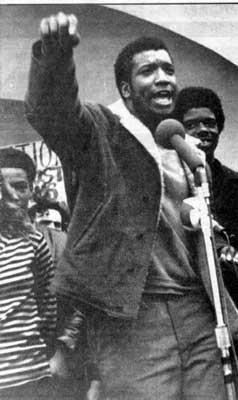 Fred Hampton
|
Hampton was 21 when he was killed in his apartment while sleeping. Clark was 22 and was visiting Chicago from Peoria, Ill. Despite their youth, both Hampton and Clark had been organizers for several years. Hampton had worked with the NAACP Youth Council in Maywood, a Chicago suburb. Clark had worked with the NAACP in Peoria, which sought to educate and mobilize young people to fight segregation and racism.
In 1969 the Federal Bureau of Investigation had identified the Black Panther Party for liquidation. Corporate media accounts of the BPP falsely portrayed the organization as violent and bent on inflicting harm on whites in general and the police in particular.
Hundreds of Panther leaders and cadres were arrested on trumped-up charges. Several were killed, including Alprentice “Bunchy” Carter and John Huggins. Other Panthers were driven underground and into exile, such as Eldridge and Kathleen Cleaver, who eventually took refuge in Algeria where they established the International Section of the BPP in 1969.
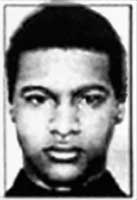 Mark Clark
|
Origins of the Black Panther Party
The Black Panther Party grew out of the civil rights and Black Power struggles in the United States. In Alabama in 1965-66, the Lowndes County Freedom Organization utilized the black panther symbol to build an independent political organization in the state. By early 1966 other areas of Alabama had set up Panther organizations, and these efforts entailed the armed self-defense of African Americans against the racist attacks by the Ku Klux Klan and law-enforcement agents.
Stokely Carmichael (aka Kwame Turé), Willie Ricks (aka Mukasa Dada) and H. Rap Brown (aka Imam Jamil Abdullah Al-Amin) were leading organizers of the Student Nonviolent Coordinating Committee, which built the initial Black Panther organizations in Alabama. After the cry for “Black Power” gained national attention in the summer of 1966, several groups around the country began to form Black Panther organizations.
In California there were at least three different Black Panther organizations in both the southern and northern areas of the state. In October 1966 Huey P. Newton and Bobby Seale, along with a few other young men such Bobby Hutton and Elbert Howard, formed the Black Panther Party for Self-Defense. Eventually this grouping became known as the Black Panther Party, and went on to open approximately 40 chapters throughout the U.S. and the International Section in Algiers.
In 1969 Fred Hampton had gained a national reputation for his organizing efforts in Chicago. He had joined the Black Panther Party in 1968 and quickly rose through the ranks to become Deputy Chairman of the Illinois chapter. He soon became a target for neutralization by the police and the FBI.
In early 1969 Hampton was falsely accused of robbing an ice cream truck. He was convicted and sent to state prison in Menard, Ill. He was released in August 1969 on appeal and continued his organizing work.
Hampton was instrumental in forming alliances between the Panthers and youth organizations such as the Disciples on Chicago’s West Side. He later formed coalitions with the Young Lords, a youth group of Puerto Ricans who sought to build a revolutionary movement in Chicago and New York.
Hampton also worked with organizations from the Chicano community as well as whites from Appalachia, who formed a group called the Young Patriots. He worked with other leftists from the student movement, including members of Students for a Democratic Society.
Police, FBI target Panthers
During the fall of 1969 the Chicago 8 conspiracy trial began. Bobby Seale, the BPP chairman, was a co-defendant, along with seven members of anti-war, peace and student groups who were charged with plotting to disrupt the 1968 Democratic National Convention in Chicago. Seale was attacked by presiding Judge Julius Hoffman, who denied him the right to represent himself in the absence of attorney Charles Gerry. Hoffman ordered Seale bound and gagged. Seale was eventually removed from the trial and thrown into prison.
The Black Panther Party in Chicago was attacked on numerous occasions by the police during 1969. In one armed confrontation at the BPP office, five police officers were wounded along with three Panthers. On Nov. 13, 1969, former Panther Spurgeon “Jake” Winters was killed in a shootout where three police officers were killed. Hampton eulogized Winters as a fallen comrade.
After the deaths of the three Chicago police officers in November, FBI and police efforts intensified against the Illinois chapter of the BPP. FBI Special Agent in Charge Marlin Johnson recruited William O’Neal, a petty thief who had been arrested for taking a stolen car across state lines, to infiltrate the Panthers.
O’Neal engaged in agent-provocateur behavior inside the organization. He was reported to have built an electric chair to torture informants, when he himself was an FBI snitch. O’Neal drafted a floor plan of the Monroe Street apartment where Hampton and other Panthers lived and turned it over to the FBI.
The FBI did not carry out the deadly raid, but utilized Illinois State Attorney Edward V. Hanrahan, who had political aspirations to become governor of the state. Hanrahan recruited 14 Chicago police officers to conduct the raid. Prior to the raid, O’Neal drugged the apartment occupants so they would be unable to defend the residence against the police, as the Panthers had done at their offices on the West Side.
When the police conducted the raid at 4:45 a.m., they killed both Fred Hampton and Mark Clark. Four other Panthers—Ronald “Doc” Satchell, Verlina Brewer, Brenda “China Doll” Harris and Blair Anderson—and one supporter were wounded in the raid.
Louis Truelock and Harold Bell were brutally beaten in jail after the raid. Deborah Johnson, later known as Akua Njeri, was eight months’ pregnant with Fred Hampton’s child. The seven survivors of the raid were falsely charged with numerous felonies, including attempted murder.
Even though the charges against the survivors were eventually dropped, the coroner’s inquest reached a verdict of “justifiable homicide.” A federal inquiry said the raid was botched and resulted unnecessarily in the deaths of two people. No criminal charges, however, were filed against the police.
A civil suit filed by the survivors, which went on for over a decade, led to an out-of-court settlement. No one was ever found criminally liable by the courts for the murder of Hampton and Clark or for the wounding and false prosecution of the others in the apartment on Dec. 4, 1969.
Articles copyright 1995-2012 Workers World. Verbatim copying and distribution of this entire article is permitted in any medium without royalty provided this notice is preserved.
Workers World, 55 W. 17 St., NY, NY 10011
Email:ww@workers.org
Subscribewwnews-subscribe@workersworld.net
Support independent newsDONATE
1969
Black Panthers Fred Hampton, 21, and Mark Clark, 22, are gunned down by 14 police officers as they lie sleeping in their Chicago,Illinois, apartment. About a hundred bullets had been fired in what police described as a fierce gun battle with members of the Black Panther Party. However, ballistics experts later determined that only one of those bullets came from the Panthers’ side. In addition, the “bullet holes” in the front door of the apartment, which police pointed to as evidence that the Panthers had been shooting from within the apartment, were actually nail holes created by police in an attempt to cover up the attack. Four other Black Panthers were wounded in the raid, as well as two police officers.
The raid, which had been led by Cook County State’s Attorney Edward Hanrahan, was only one of many attempts by the government to weaken the Black Power movement. Under the leadership ofJ. Edgar Hoover, theFBIhad been battling civil rights activists and other minority leaders for years with their Cointelpro program, whose purpose, according to one FBI document, was to “expose, disrupt, misdirect, discredit or otherwise neutralize the activities of black nationalist hate type organizations and groupings, their leadership, spokesmen, membership and supporters.” Although the FBI was not responsible for leading this particular raid, a federal grand jury indicated that the bureau played a significant role in the events leading up to the raid; Hanrahan had utilized information provided by FBI informant William O’Neal, who was third in command of the Chicago Panthers, to plan his attack.
Although most media coverage of the Black Panthers focused on their violent rhetoric and the fact that they carried arms, the Panthers were involved in many nonviolent community-organizing activities. They provided food and medical care to the needy, preached political empowerment, crusaded against police brutality, and started a school. As Fred Hampton himself said shortly before his death, “There have been many attacks made upon the Black Panther Party, so we feel it’s best to be an armed propaganda unit. But the basic thing is to educate.” Unfortunately for Hampton and the other Panthers targeted by the FBI, being armed did not help to protect against governmental repression. In fact, it may have even made matters worse by aiding the FBI in legitimizing their aggressive tactics.
Survivors of the attack and relatives of Hampton and Clark filed a lawsuit against Hampton and other officials, which was finally settled in 1983.
A&E Television Networks- PUBLISHERS
27 Important Facts Everyone Should Know About The Black Panthers
“The Black Panthers: Vanguard of the Revolution,” a documentary by Stanley Nelson which aired on PBS Tuesday, shined a necessary light on the contributions, convictions and struggles of members in the party. Nelson’s informative film took a deep dive into discussing the truth behind the Black Panthers and underscored the heavy institutional backlash the liberation movement received from police and the government.
From the group’s radical inception in 1966 to it’s dissolve in 1982, here are a few important things you must know to better understand the Black Panthers.
CORRECTION: A previous version of this story misstated the date of Fred Hampton’s and Mark Clark’s death. It was Dec. 4, 1969, not Dec. 5.
(The family of Mark Clark would like to personally thank both Lilly Workneh and Taryn Finley for this very informative article on the Black Panther Party.) Power to the people.
_______________________________________________________________________________________________
